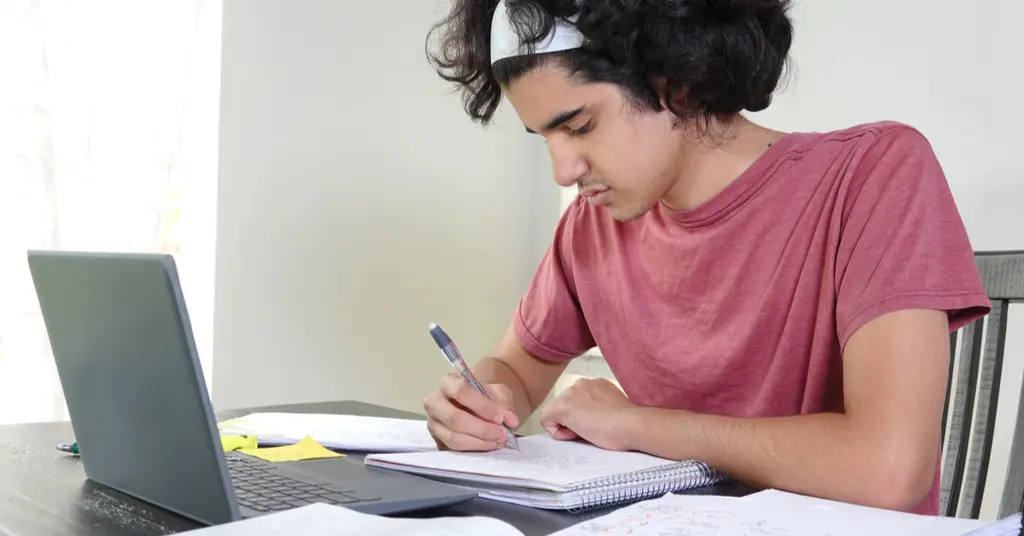A common question type on the SAT® Reading test is the “big picture” question. These questions are designed to test your reading comprehension skills across the text’s entirety, so you will need to understand the majority of the passage to answer the big picture questions. This means you will have to read each passage in its entirety, to the best of your ability.
What are big picture questions?
The general task for answering big picture questions involves reading an entire passage and providing the text’s big ideas and main points. Some big picture questions deal with a whole passage and others focus on a paragraph or two.
What types of questions are asked?
There are three types of big picture questions. The first question type focuses on the specific purpose of the passage. These questions will ask you to pinpoint how the paragraph or phrase functions in the text.
The second question type deals with the author’s point of view. These questions will ask you to display an understanding of how an author’s attitude affects the whole passage.
The third type of question asks about rhetorical strategies or writing style. They are often more abstract than questions that ask about the purpose of parts of the text. These questions often deal with how two paired passages interact.
Big picture questions may look like this:
- This paragraph primarily serves to…
- Which of the following statements would the author of this text agree with?
- Which best describes the relationship between Passage 1 and Passage 2?
A quick tip: Scan the questions before reading the passage to see what kinds of main points will be asked about later. Then, as you read the text, look for the big ideas.
Here are some strategies for success with big picture questions:
1. Think independently.
When confronted with a big picture question, you will likely be able to come up with an answer on your own. Consider coming up with your own answer before reading your choices. If you have read the passage fully and paid attention to key words, phrases, and transitions, then the text’s ideas and arguments should be within reach.
2. Look for the main points in the introduction and conclusion paragraphs.
This strategy is beneficial if you are pressed for time when answering questions about the text as a whole. Reading the entirety of five passages is sometimes daunting, but with certain nonfiction texts, you can get lucky by finding a thesis in the introduction and conclusion paragraphs.
You will need to skim the article completely to answer the other questions, but if you are concerned with finding the main points efficiently, check to see if you can discover information within the thesis.
3. Pay attention to transitions and relationships.
Another simple strategy to help you find the main points in a passage is to note transition words. Pay attention to the relationships between ideas by tracking words like “in comparison to,” “meanwhile,” and “similarly.”
As you select your answer, remember these questions are designed to test your reading comprehension, so be sure that you ground your answer in evidence from the passage.
The best way to practice these strategies for the Reading section is through practice tests. See which ones work for you using UWorld’s SAT Prep Course with thousands of sample passages and practice problems.
After trying out these strategies, you can review their effect on your scores using our performance tracking tools.




